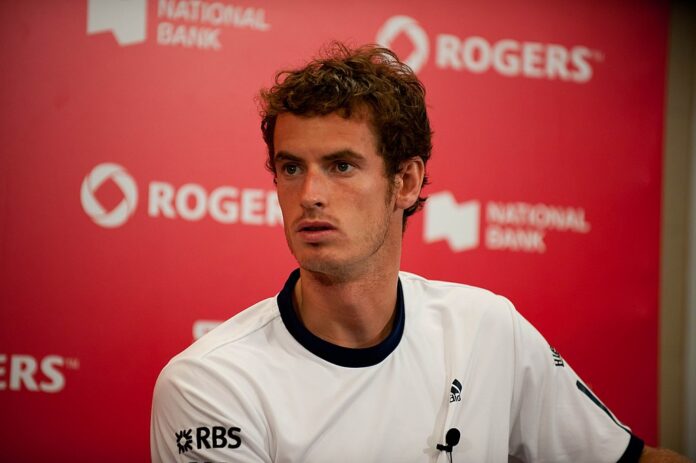After undergoing a procedure on a spinal cyst, Andy Murray’s chances of playing at Wimbledon remain uncertain.
Andy Murray‘s potential appearance at Wimbledon next month has been cast into doubt following recent back surgery. The 37-year-old British tennis star retired injured from his match at Queen’s Club and subsequently underwent a procedure to address a spinal cyst.
Initially, the ATP Tour announced on social media that Murray would be unable to participate in Wimbledon, citing his surgery. However, this post was quickly retracted after it was revealed that the information was based on a report from the Telegraph, which stated that Murray could be sidelined for six weeks.
Embed from Getty ImagesMurray’s representatives have not confirmed his withdrawal from Wimbledon, leaving his participation uncertain. The Press Association reports that Murray is monitoring his recovery over the next few days before making a final decision about competing in the Grand Slam event, which begins on July 1st.
The former world number one, currently ranked 129th in men’s singles, has expressed hope of making a farewell appearance at Wimbledon before possibly retiring after the Olympics. Despite his recent surgery and previous injuries, Murray has not yet ruled out the possibility of playing.
Murray’s latest setback occurred during his second-round match against Australian Jordan Thompson at Queen’s Club, where he retired in the first set. He had only recently returned to action after an eight-week hiatus due to ankle ligament damage sustained in late March. Murray has a history of back injuries, having undergone surgery in 2013, and has been dealing with soreness in recent weeks.
In addition to his Wimbledon aspirations, Murray has also been named in Great Britain’s squad for the Paris Olympics, where he is set to compete in both singles and men’s doubles with Dan Evans. Tennis at the Olympics begins on July 27th, giving Murray a short window to recover and prove his fitness for both major events.
Analysis:
Political: Andy Murray’s uncertain participation in Wimbledon highlights the broader conversation about athlete welfare and the support systems in place for professional sportspeople dealing with injuries. The pressure to return to competitive play, especially in high-stakes tournaments like Wimbledon and the Olympics, can lead to significant discussions among sports governing bodies about ensuring proper medical support and rehabilitation for athletes.
Social: Murray’s situation resonates with many who admire his resilience and determination. His candidness about injuries and the impact on his career brings attention to the physical and mental challenges athletes face. Socially, it sparks conversations about the realities behind the glamour of professional sports and the importance of prioritizing health over performance.
Racial: While Murray’s specific situation does not directly relate to racial issues, his status as a prominent athlete can serve as a platform to highlight the broader struggles and triumphs of athletes from diverse backgrounds. It underscores the need for equal support and recognition for athletes across all racial and ethnic groups in their pursuits and challenges.
Gender: Murray’s experience can also contribute to the discussion about gender equality in sports. His advocacy for his health and career longevity parallels similar struggles faced by female athletes, who often contend with additional societal pressures and disparities in medical support and career opportunities.
Economical: Murray’s potential absence from Wimbledon could have economic implications, affecting ticket sales, viewership, and sponsorship deals. His presence at the tournament draws significant attention and revenue, demonstrating the economic impact of star athletes on major sporting events. Moreover, it emphasizes the financial pressures athletes face to return to play, often weighing the potential for earnings against long-term health risks
